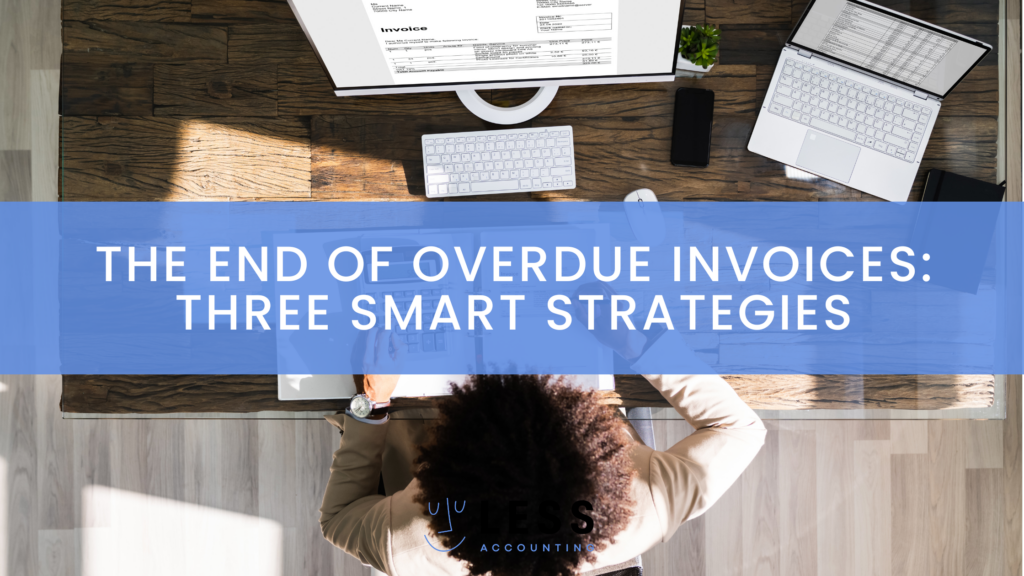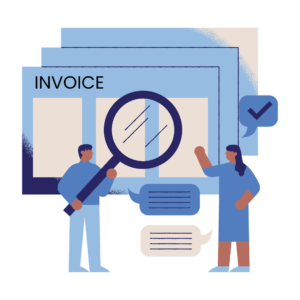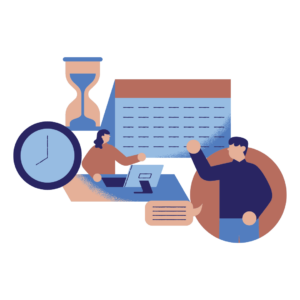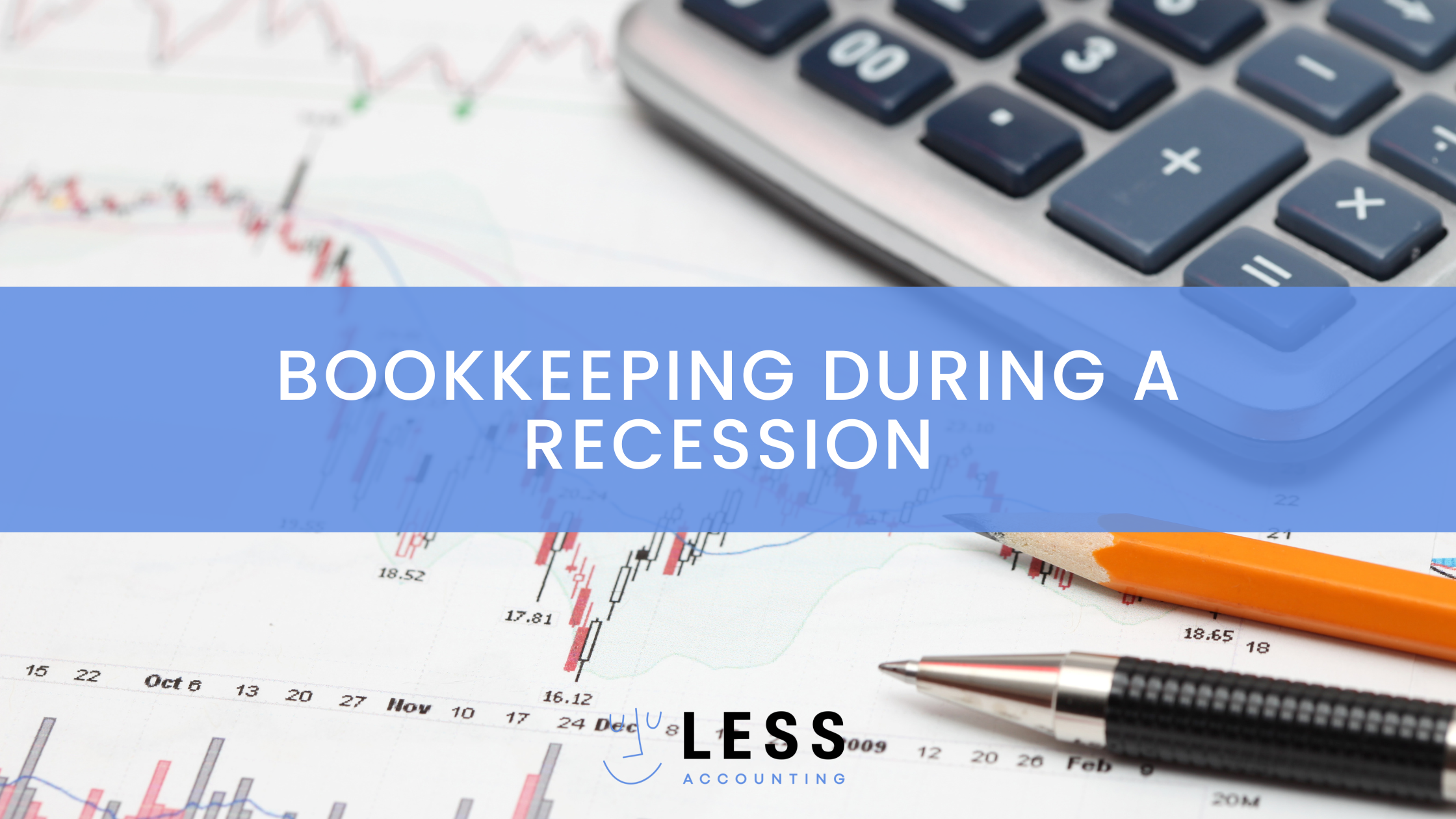The End of Overdue Invoices: Three Smart Strategies

Anxiously waiting for clients to pay overdue invoices is no way to manage a business. Unfortunately, it happens to so many freelancers, consultants, and small business owners. Overdue invoices can leave you short on cash and high on anxiety. The good news is that you can tackle your biggest invoices struggles with two plug-in-play strategies that will build positive client relations from the start.
#1: Clear and Transparent Payment Terms
Depending on your business model, type of service or product, and preference, you can set up your invoice payment terms definitely. The most important thing is that you know how to make an invoice, what to include, and how to ensure that your client pays promptly.
Establishing clear and transparent payment terms from the beginning can help set the right expectations with clients and reduce the likelihood of overdue invoices. When entering into a business relationship, make sure the payment terms are communicated clearly and agreed upon by both parties. These three elements need to be on every invoice:
- Due date: Specify when the invoice is due. You can choose: due upon receipt, 15, 30, 40 days later, or a specific date of the month (1st, 15th, etc)
- Late fees: Explicitly state the consequences of late invoices and how and when late fees will occur.
- Payment methods: Making it easy for your clients to pay will vastly increase the likelihood that your invoices will be paid quickly. Choose a widely used payment method like PayPal or Stripe for collecting credit card payments.
It’s always better to err on the side of caution and include too much detail in your invoices. This can be especially helpful if a client lets an invoice go unpaid for a long period. You’ll wish that you have the project details in front of you if you are chasing payment six months later.

#2: Collect Payment Upfront
To avoid late and non-payers every single time, collect payment upfront. You could collect full or partial payment upfront. If the client doesn’t want to pay, the work doesn’t begin. It is as easy as that.
The first step in collecting upfront payment is to make your expectations clear to your clients before the work even begins. Try this with your next new client. When you are approached by your next client set up your payment expectations right off the bat. Qualify your client to make sure that they are a great fit for you and your business.
This means making sure they are on board with your work expectations, your business needs, and your payment terms. When you are laying out the needs and goals for the project, payment expectations should be included in that discussion. Keeping the conversation open and honest when concerning payment is the easiest way to avoid disputes down the line. Consider asking prospective clients, “Can you presently afford to budget me as an investment in your business?”
Setting clear expectations with invoices
Setting up your expectations before you start work is beneficial for several reasons. If your client understands how you work and what you need from them, you’ll avoid confrontation down the line. You’ll in turn have an understanding of their expectations of you. All of this helps you to find the clients you WANT to work with and avoid potential nightmare clients. Perhaps most important though, is knowing that when you set up expectations regarding payment, they won’t be able to flake out on payments or disappear when send your invoice out.
Once your expectations are clear to the client, it’s time to talk about rates. Instead of charging hourly rates, try quoting your client fixed-rate prices. You are a professional and know the value of your work. Be upfront about your rates, and quote your client prices based on the entire project discussed. Transparency in your pricing will avoid issues down the line when it comes to rates and scope. And if the client knows the project will cost a specific amount, requesting upfront payment will be that much easier.
Try this:
This process is going to be way easier with a brand-new client. If you are trying to move existing who are used to paying after you deliver, this may be a little tricky. If a current client complains, which they might, you could offer them a choice. Tell them:
“The 100% upfront payment is actually discounted 10% as a thank you for your advance payment. I am happy to split up your payment into 2 50/50 payments. However, you will lose that 10% discount.”
Everyone loves a discount. So hopefully they jump on that and pay upfront. If not, you were just able to tack on 10%. Bill them for the 50% payment. Again, don’t start ANY work until they pay that invoice. Let them know that you’ll be stopping work at X point in the project, and billing them for the balance. If you choose this method, make sure to send that second invoice with the balance before you get to the stopping point. If you know you will be finishing up with this part of the project next week, send that invoice out immediately.
The idea here is that you don’t want to be working if you haven’t yet been paid. You also don’t want to have to halt work completely while you are waiting for them to pay that invoice. You want to give your client a little time to receive and pay that invoice. So I would let the client know – “
Hey! Project is going great. I should be getting to point X which we discussed next week. Here is the invoice for the balance. I’m excited to get rocking on the second half of this for you.”
You are still getting paid BEFORE doing the work, and you will avoid stopping work while waiting for that payment to come through. So it IS possible to break up the payments.

#3: Automate Invoices and Reminders
Get technology on your side when it comes to collecting overdue invoices. Invoicing software can streamline this process by sending out automatic reminders and recurring invoices when set up properly. You can take it one step further by using a cloud-based bookkeeping software that integrates everything into one place. The perks of using an invoicing over a spreadsheet or other downloaded template are:
- Automating invoices. Overdue invoices are less likely when clients are used to a regular billing schedule and clear payment terms. Invoicing software can help you manage one less thing on your calendar and swiftly collect unpaid invoices.
- Sending reminders. Spend less time in your email inbox and more time getting your work done! Invoicing software that can automatically send reminders to clients about upcoming payments can save you so much time on clerical administrative work.
- Recurring invoices. If your client contract is set up so that they pay the same amount each month, your invoicing software can be set to send invoices at the same time each month. This helps both you and your clients stay on top of payments and reduce overdue invoices.
Invoice like a Pro
Changing the way you look at your billing practices can end past-due invoices. Qualifying your clients not only helps you find clients you WANT to work with, but it makes your payment expectations clear before you even begin working with them. Charging upfront fixed prices ensures your rates are clear and avoids non-payment due to rate conflict. Try asking for payment upfront. Every time. These simple changes ensure you are working with clients you want to work with. And will be the end to unpaid invoices.
Try Less Accounting bookkeeping software free for 30 days to improve your bookkeeping and invoicing as a small business owner.




